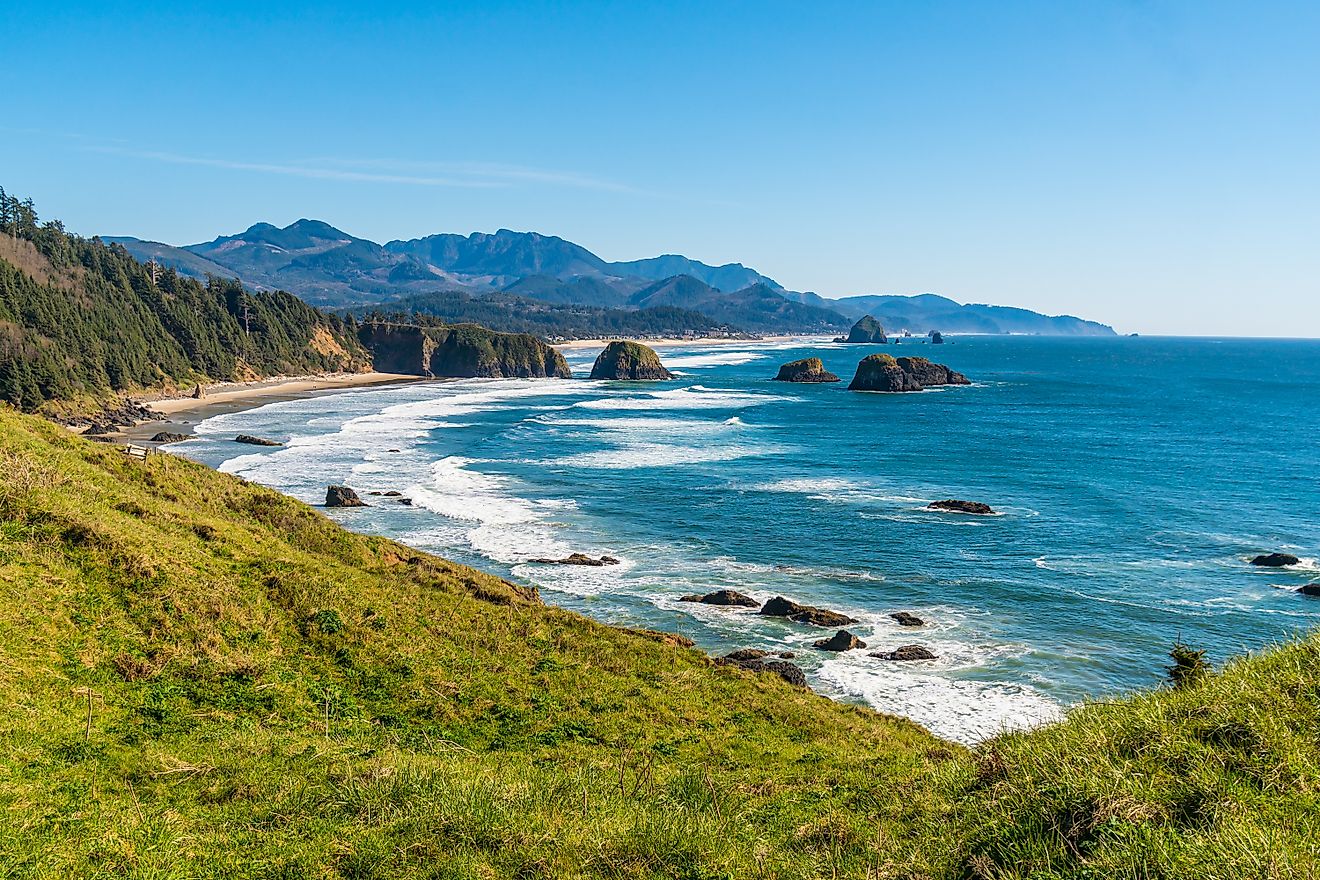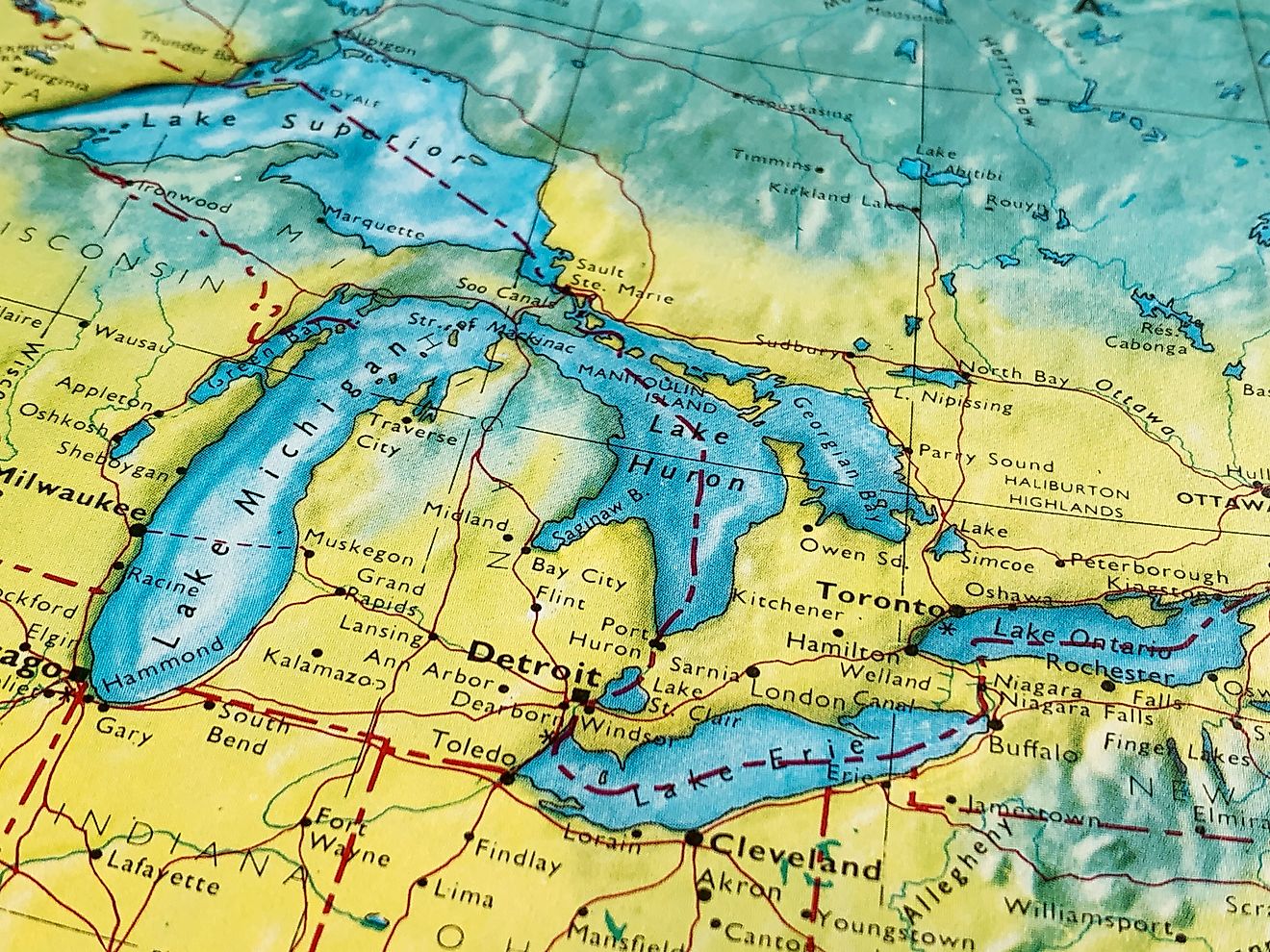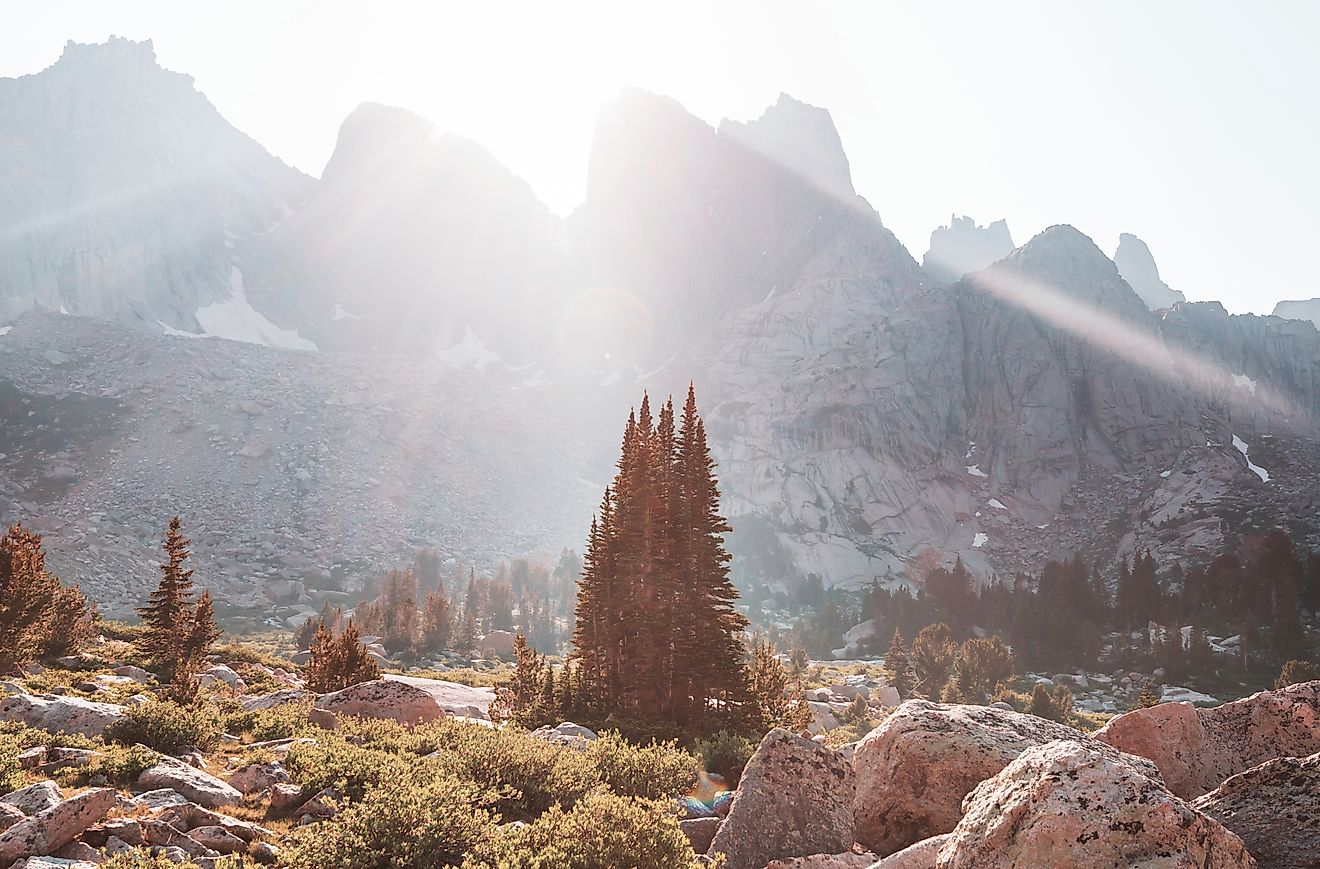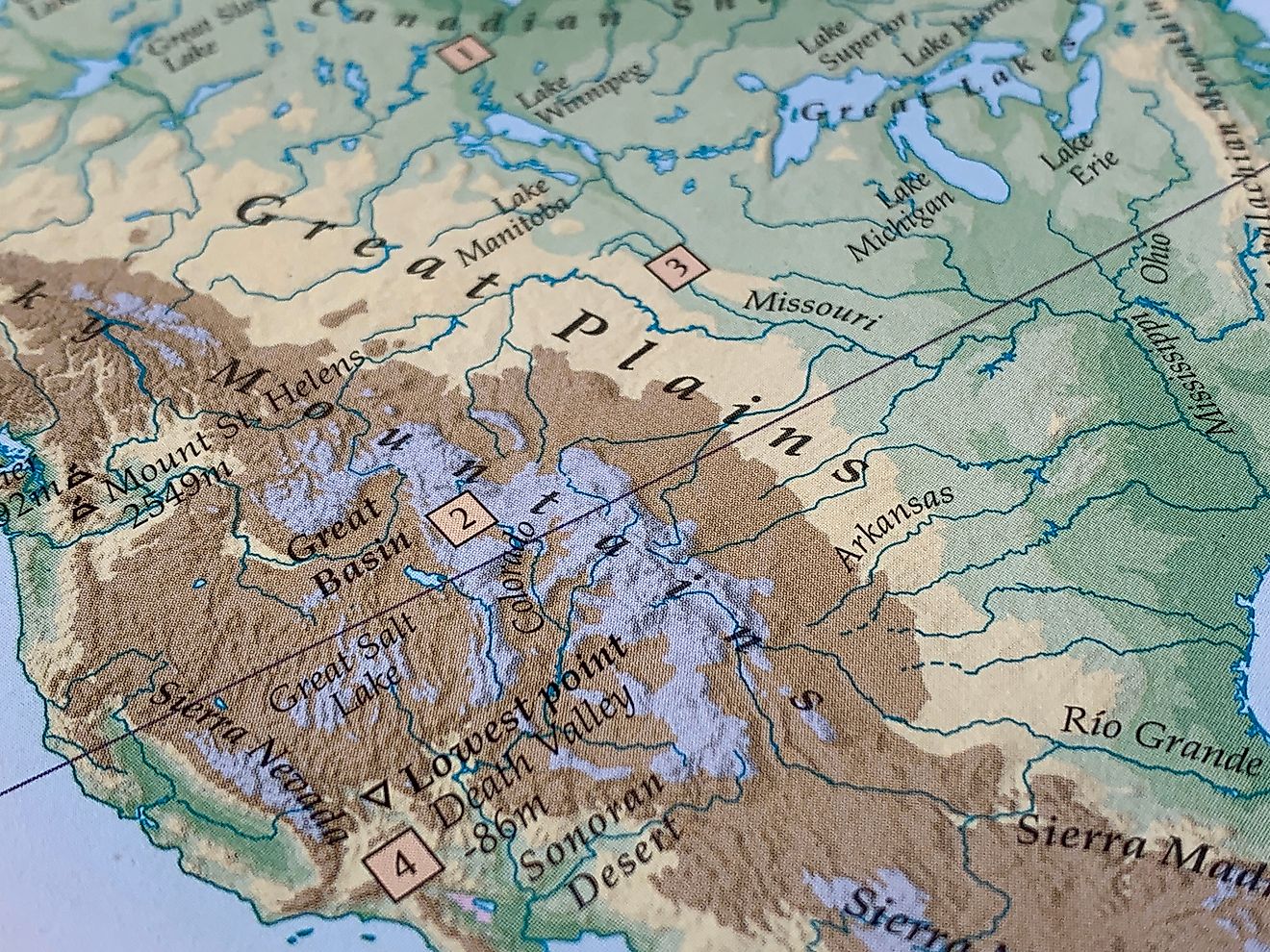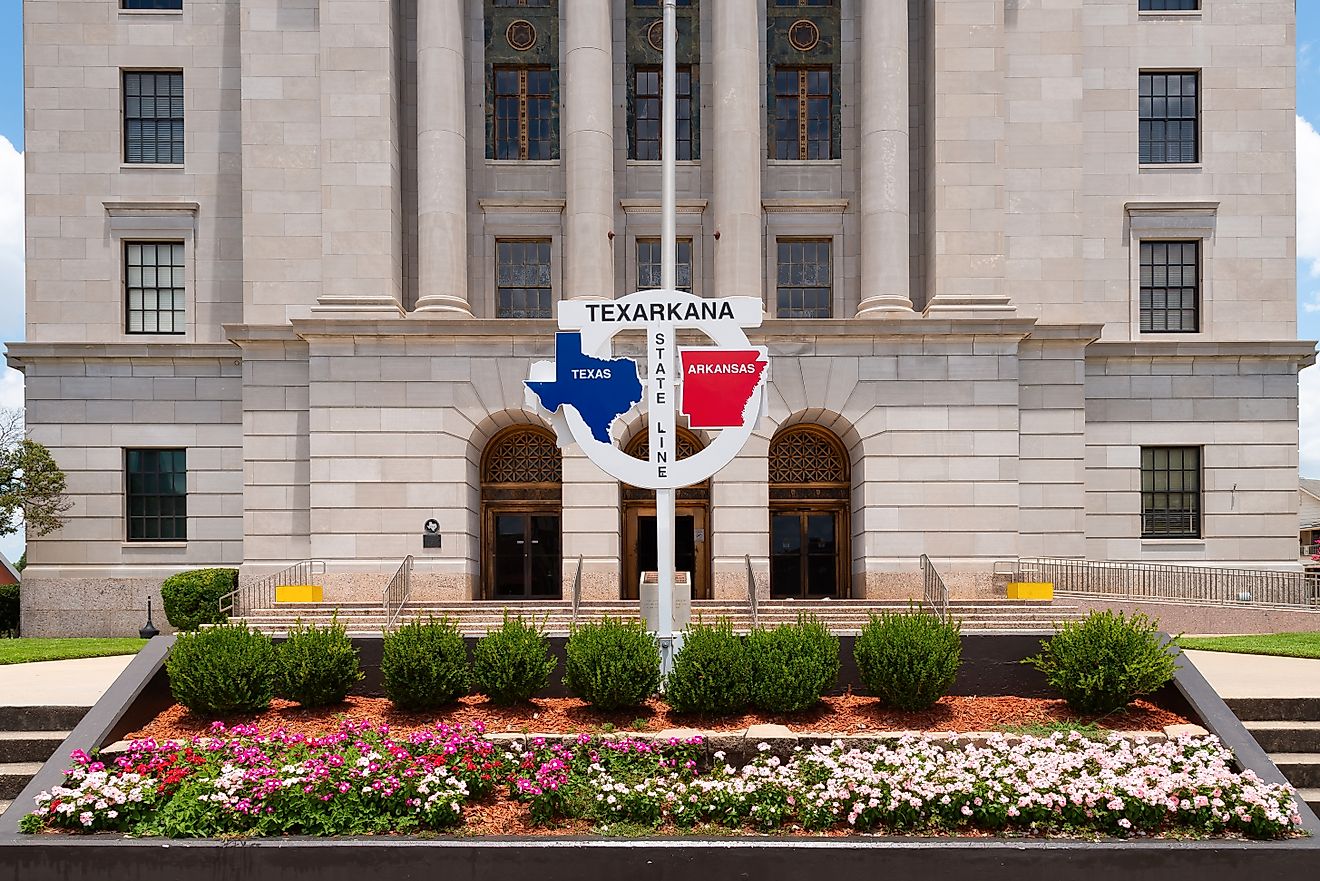
The 4 Smallest National Parks in The United States
Sometimes the best things in life come in small packages. Like the smallest National Parks in the US, for example. Although these four parks are only a fraction of the size of popular spots like Yellowstone National Park, they are still jam-packed with fun things to do, beautiful flora and fauna, and incredible wildlife. With parks spanning from Arkansas to the US Territory, American Samoa, travelers are apt to see everything from mountainous landscapes to tropical scenery. In some cases, like the Gateway Arch National Park, travelers can enjoy views of the surrounding cityscape. So whether you’re looking for a multi-day island adventure or simply want to stroll through a stunning greenspace in the middle of the city, America’s smallest national parks have you covered.
Gateway Arch National Park

Downtown St. Louis, Missouri, USA viewed from below the arch.
Located in the heart of downtown St. Louis lies the small but scenic greenspace known as Gateway Arch National Park. Spanning a mere 90 acres, Gateway Arch is easily the smallest national park in the country. Despite the size, an estimated 2 million+ visitors explore the park each year, reveling in its beauty and historical relevance. The grounds consist of the arch, the old courthouse, a museum, and a tram ride. An obvious highlight of the park is the arch itself which serves as a symbol of "St. Louis' role in the westward expansion of the United States during the nineteenth century,” according to the national park’s website. The courthouse, on the other hand, is meant to commemorate former president Thomas Jefferson as well as “Dred and Harriet Scott who sued for their freedom in the Old Courthouse.”
In addition to its historical significance, Gateway Arch National Park also offers visitors a handful of activities to participate in such as riding the tram to the top of the arch, exploring the museum, learning about the history of this historical monument at Tucker Theatre, and participating in guided tours. The urban greenspace serves as a place of respite for residents and tourists who are looking for a nice spot to break for lunch. And with downtown just steps away, a visit to the Arch can always be followed up by lunch at Pickles Deli or dinner at Carmine’s Steak House.
Hot Springs National Park

Waterfall at Hot Springs National Park.
Hot Springs National Park is a beloved Arkansas park known mostly for its historic bathhouses and natural thermal springs. The park is located in the city of Hot Springs among the Zig Zag Mountains and offers visitors unreal views of the surrounding mountains and dense pine, oak, and hickory-covered forests. For the best views, be sure to ascend the Hot Springs Mountain Tower or hike to one of the park's many natural overlook points. Officially, Hot Springs National Park spans approximately 5,550 acres. However, according to its website, there are an additional 672.69 acres located within the park's borders that the government does not own.
Throughout the park, you will find an interesting variety of flora and fauna that includes everything from lizards and whitetail deer to various wildflowers and liverwort. The park also shares a handful of similarities to the Gateway Arch National Park. For example, both parks offer nearby city amenities and both see approximately 2 million visitors in a year. Unlike Gateway Arch, however, Hot Springs National Park is a perfect spot for recreational activities such as hiking and camping, with 26 miles of trails and 40 campsites located on the grounds.
Outside of its natural beauty and appeal, visitors can also dive deeper into the park's long, rich history during their visit. With origins dating back to the early 1800s, the area has encountered several changes throughout the years. One of the biggest changes came in 1878 when the area suffered a large fire. According to the parks’ website, the fire was eventually seen as a blessing as it made way for better-constructed buildings and transformed the area from a “rough frontier town to an elegant spa city.”
National Park of American Samoa

National Park of American Samoa, Tutuila island, American Samoa, South Pacific.
The National Park of American Samoa is a picturesque tropical destination located roughly 2,600 miles southwest of Hawai’i in the US Territory of American Samoa. The park stretches 13,500 acres across sections of three distinct islands. Of that 13,500 acres, 4,000 are underwater. In addition to being one of the smallest parks in the US, the National Park of American Samoa is also one of the least visited national parks due to its remote location. Accessible only by plane, the park sees only a few thousand visitors each year. But don’t let those numbers fool you. Despite the long trek to the islands, a visit to the National Park of American Samoa will leave you with a lifetime of cherished memories. The park’s South Pacific landscape includes ocean views, coral reefs, island summits, and dense rainforests. Several gorgeous hiking trails wind throughout the islands as well. Trails here range from easy treks like the 0.1-mile Pola Island Trail and the far more challenging 7-mile Mount ‘Alava Trail which takes an entire day to finish.
In addition to the obvious tropical beauty of the park, this island destination is full of history, tradition, and Samoan culture. During a visit, you will get the unique privilege of learning about fa’a Samoa which means “the Samoan way of life.” In following the Samoan way, visitors should always ask permission “before taking photographs, using the beach, or engaging in any activities, no matter how minor or unobtrusive they may seem.”
Virgin Islands National Park
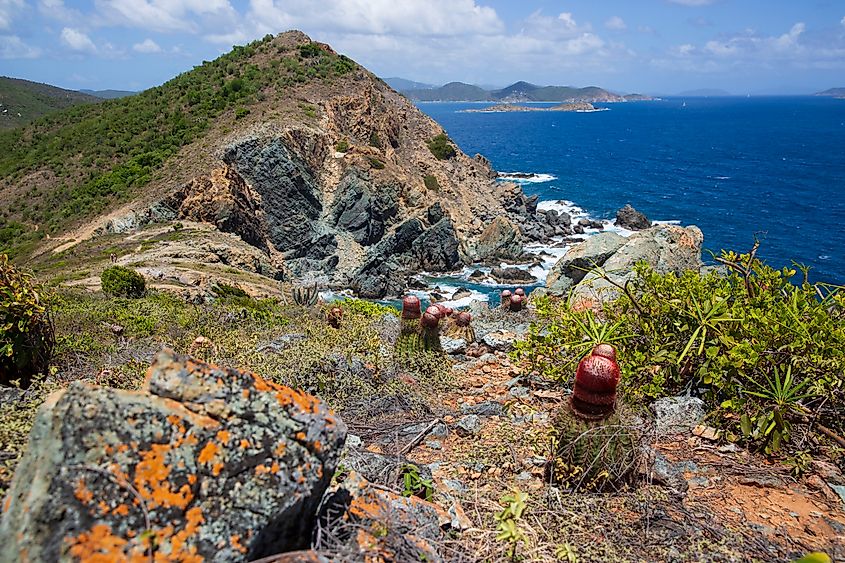
Beautiful landscape view of U.S. Virgin Islands National Park on the island of Saint John during the day.
Pristine white sand beaches, ancient petroglyphs, coral reefs, and winding hiking trails are just a few of the features that make Virgin Islands National Park a true gem. The park is located in the US Virgin Islands on the small island of St. John. The main portion of the park stretches 7,259 acres and covers roughly 60% of St. Johns’ land mass. According to the National Parks’ website, an additional 18,000 acres of “offshore underwater habitat” have been added to the park throughout the years. Preserving these habitats and the marine life within them is a major function of the park. During a visit a snorkeling excursion will let you see a range of these habitats including coral reefs, seagrass beds, and mangroves. Additionally, there are hundreds of plant and animal species living on the island. Common animals include sea turtles, donkeys, sharks, bats, and dolphins.
In Conclusion
From the urban greenspace known as Gateway Arch National Park to the rich Samoan culture in the National Park of American Samoa, these small US National parks are proof that bigger is not always better. Between their historical significance, and diverse landscapes, each of these parks has something unique to offer visitors. Before you plan your next park adventure, remember to always familiarize yourself with any park rules, weather advisories, and safety precautions before heading out.
